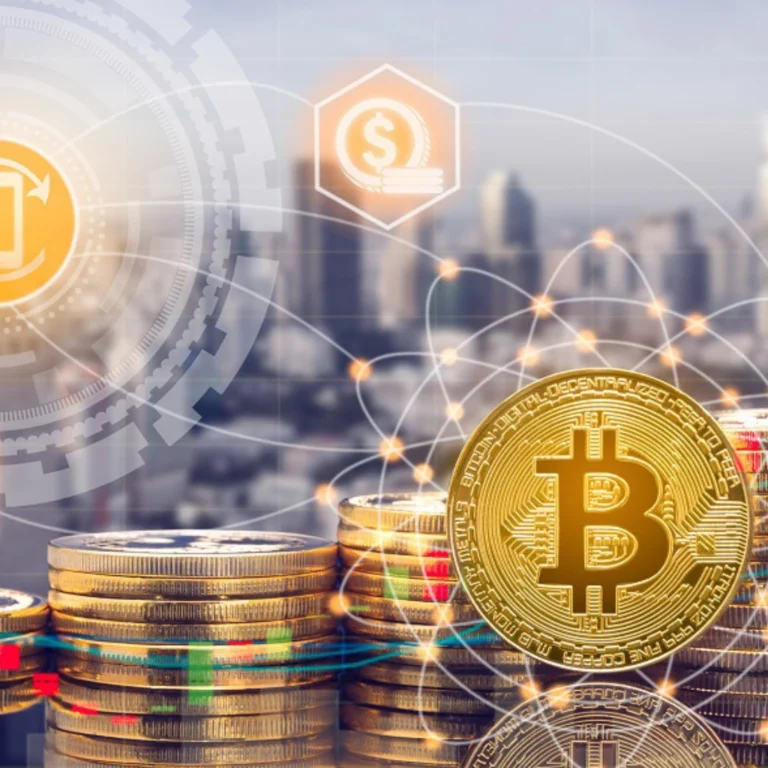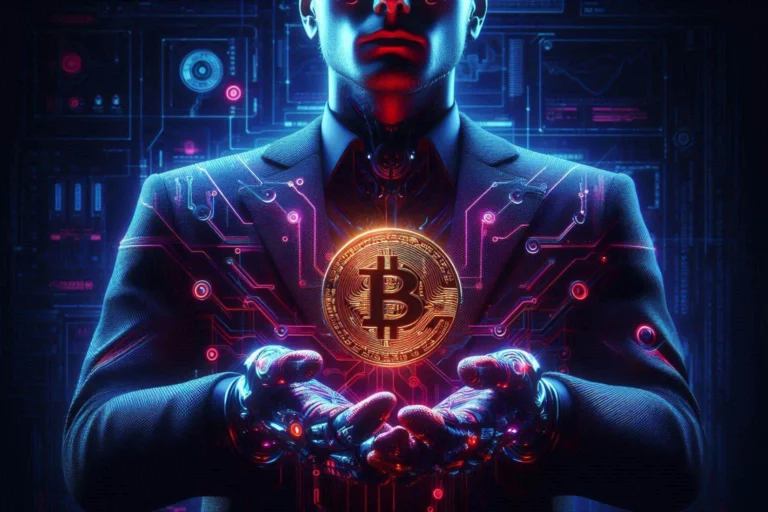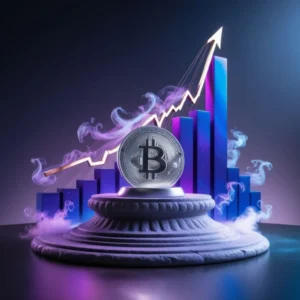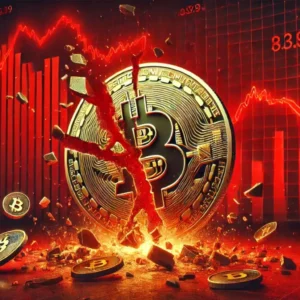Interest rate and crypto often seem like they live in different universes—traditional finance versus the wild world of Web3. But that’s the first myth we need to bust. The truth? These two are more connected than most people think. Especially when the U.S. Federal Reserve starts hiking rates.
Maybe you’ve heard that “Bitcoin doesn’t care about the Fed.” Sounds bold. But let’s break that down.
Myth #1: “Crypto is immune to interest rate hikes”
This one floats around a lot. The idea is that since crypto is decentralized and independent of government control, central bank decisions—like interest rate changes—shouldn’t really matter.
But here’s the reality: markets are all about money flow and sentiment. And when the Fed raises interest rates, that changes the whole money game. Suddenly, borrowing gets pricier. Riskier assets? Less attractive.
And yes—crypto, for all its promise, is still seen as risky by most mainstream investors. That means when rates rise, a lot of people and institutions start pulling back from Bitcoin and altcoins, shifting into safer bets like bonds or cash. It’s not emotional—it’s just capital rotation.

Myth #2: “Only retail investors react to rate changes”
Nope. This isn’t just a small-fish problem.
In fact, institutional investors, who now make up a decent chunk of crypto volume, are often more sensitive to macro shifts like interest rate changes. They’ve got models, mandates, and risk metrics that respond to Fed policy like clockwork.
So when rates go up? These big players often rebalance. And that could mean cutting crypto exposure, especially in shaky market conditions.
Also, don’t forget leverage. During bull runs, many traders—retail and institutional alike—borrow to amplify positions. When rates rise, borrowing costs rise too. Leverage becomes less attractive… or downright dangerous. Liquidations follow. Prices tumble. It’s a domino effect.

Myth #3: “High rates kill crypto completely”
Okay, not everything about rising rates is doom.
Sure, short-term price dips happen. But some argue that higher rates can force the crypto industry to mature. With “free money” gone, projects that survive need to prove real value. That’s not a bad thing.
Stablecoins also get interesting here. If you can earn a solid return on USD, people start looking at stablecoin yields more seriously. Platforms offering real yield backed by legit assets? Suddenly attractive.
And long-term? Rising rates sometimes highlight the fragility of traditional monetary systems. Inflation, debt concerns, central bank credibility—all of these issues push some investors toward crypto, not away from it. Especially Bitcoin, with its fixed supply and anti-inflation pitch.

Myth #4: “The interest rate and crypto link is temporary”
Maybe… but maybe not.
This relationship has definitely evolved, especially as crypto has become part of the broader financial system. The more institutional capital flows into the space, the more it behaves like other asset classes—reacting to the same macro factors.
That said, crypto still has unique traits. It moves fast. It runs 24/7. And it’s often driven by its own internal narratives too—like halving cycles, tech upgrades, regulatory news. So while interest rates matter, they’re not the only thing driving crypto trends.
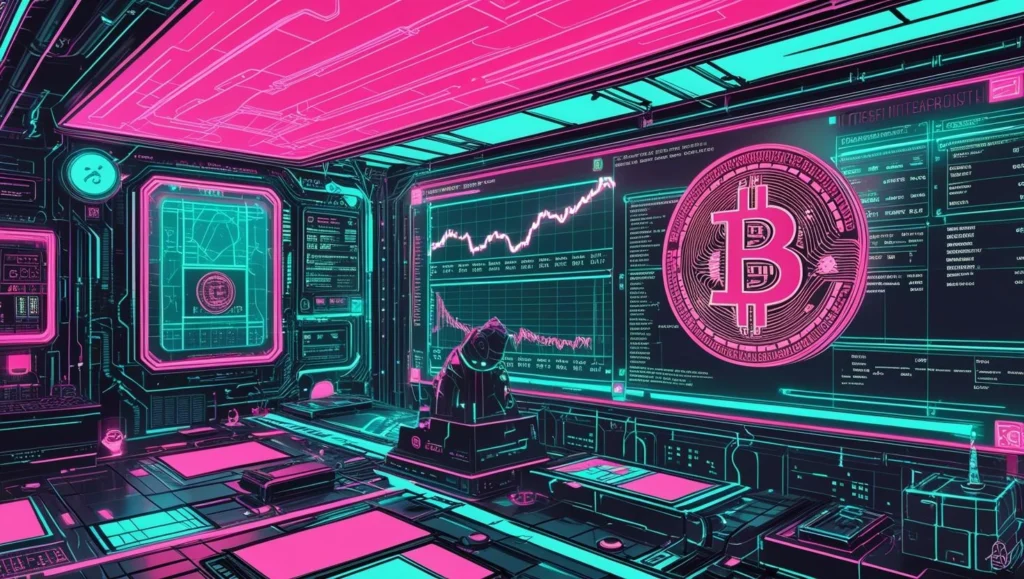
Final Thoughts: What this all means for crypto investors
So—can we officially say interest rate and crypto are linked? Absolutely. But it’s complicated.
If you’re in the crypto market in any serious way, ignoring macro signals like U.S. interest rates is a big mistake. It’s not just about tech anymore—it’s about money flows, risk appetite, and the broader economic environment.
Stay informed, stay flexible, and don’t fall for the old myths. Because when the Fed speaks… the crypto markets do listen, whether they like it or not.

Relevant news: Understanding Interest Rate and Crypto: A Simple Guide to Market Connections


